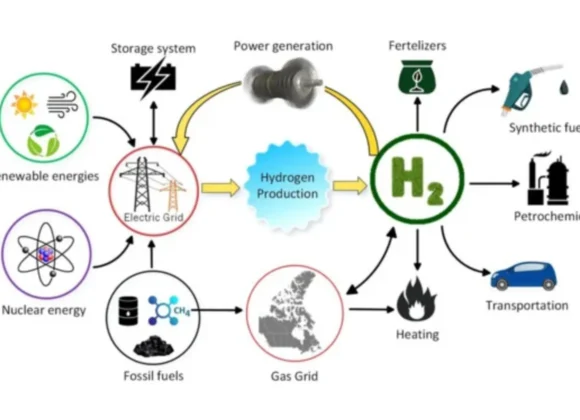A Local Survivable Processor is similar to a lifeguard for your branch office communication. It’s an in-built capability within Avaya Aura, and this feature becomes active if the main link connecting to the central office becomes unavailable.
This can be understood as a secondary server at your branch location. The LSP, also known as the Local Survivability Processor, maintains crucial call processing and routing functionalities for your IP phones and media gateways.
It guarantees that calls can stay within the branch location even if there is an outage, resulting in only a small amount of disruption to your business communication at important moments.
How Does an LSP Work?
Your branch office functions in typical operation via a central server. IP phones and media gateways, just like you sign into a central system, register with this particular central server. When there is no longer connection to the main office, the failover process begins.
The Local Survivable Processor, which is like a backup server located at your branch, senses the outage and assumes control.
It manages simple call processing and routing within the branch to guarantee that calls amid IP phones can proceed.
Limitations of LSP Functionality
We must note and accept that local survivable processors, although they perform heroically in times of outages, cannot match the primary server. For instance, characteristics such as voicemail, conferencing and forwarding of calls might not exist when the LSP is functioning.
It acts as a local switchboard, making sure that calls can continue to be both made and received within the colleagues. Though you may not have access to more advanced elements, it keeps the main function of communication intact. This helps in reducing disturbance during important periods when systems need maintenance work done on them.
Benefits of Implementing an LSP
Some crucial advantages you can gain from incorporating a Local Survivable Processor into your branch office communication system are:
Business Continuity: The main advantage of a local survivable processor is that it guarantees business continuity in case of outages. When connection with the central office gets disconnected, the local survivable processor steps in and permits basic call processing and routing to work within your branch. This lessens interruptions to communication and keeps your branch running during important periods.
Increased Branch Resilience: With an LSP, your branch becomes more resilient to network failures and outages. You are not solely dependent on the central server; the LSP acts as a backup system that keeps essential communication functionality intact.
Improved Disaster Preparedness: During a disaster, such as natural calamities or power failures that interrupt central office connections, the local survivable processor maintains communication within the branch. This makes sure that important messages keep going even during emergencies.
Impact on Downtime: Downtime is a potential loss for businesses. local survivable processors help in reducing the effect of downtime by maintaining open key communication channels within the branch, thus lessening disturbances to customer service, staff efficiency and general business running.
Better User Experience: LSPs keep up the basic call function even when there are outages which improves how users in your branch office feel. They can still do calling tasks within the branch, even if the main server is not working. This maintains a sense of regularity and effectiveness during disturbances.
Cost-Effective Solution: When we look at other branch communication redundancy solutions, LSPs can be a cost-effective choice. They use the hardware you already have in your branch and offer a dependable backup system without requiring much extra spending.
Scenarios Where LSP is Most Valuable
Picture a serious event: a powerful storm comes and ends electricity at your main office, cutting off the link between that place to this branch. In such a situation, an LSP takes control smoothly, making certain that calls can still happen inside the branch and be received too. This is particularly useful in a time of emergency, such as when there is a natural calamity or unforeseen power cut. LSPs also show their importance when technical problems happen with the main server.
It lets your branch stay linked even while central systems are being fixed or maintained. To sum up, any situation where the main connection gets affected highlights how important an LSP is as protector for continuous branch communication
Planning and Implementation of LSP
Using a local survivable processor is not a quick fix, but it is a good use of money. Remember to plan ahead. Think about asking Avaya people for help with setting up and checking out the system. The location of LSP is mainly on an Avaya S8300 media server at your branch. When you put it into action, the main task is to set up LSP so that it joins with your present network without any problems and make sure everything works as planned.
Do not leave your branch without sound if connections fall. A Local Survivable Processor is what keeps communication alive, making sure that calls continue during disruptions. Spend on LSP technology and have the comfort of continuous communication.




